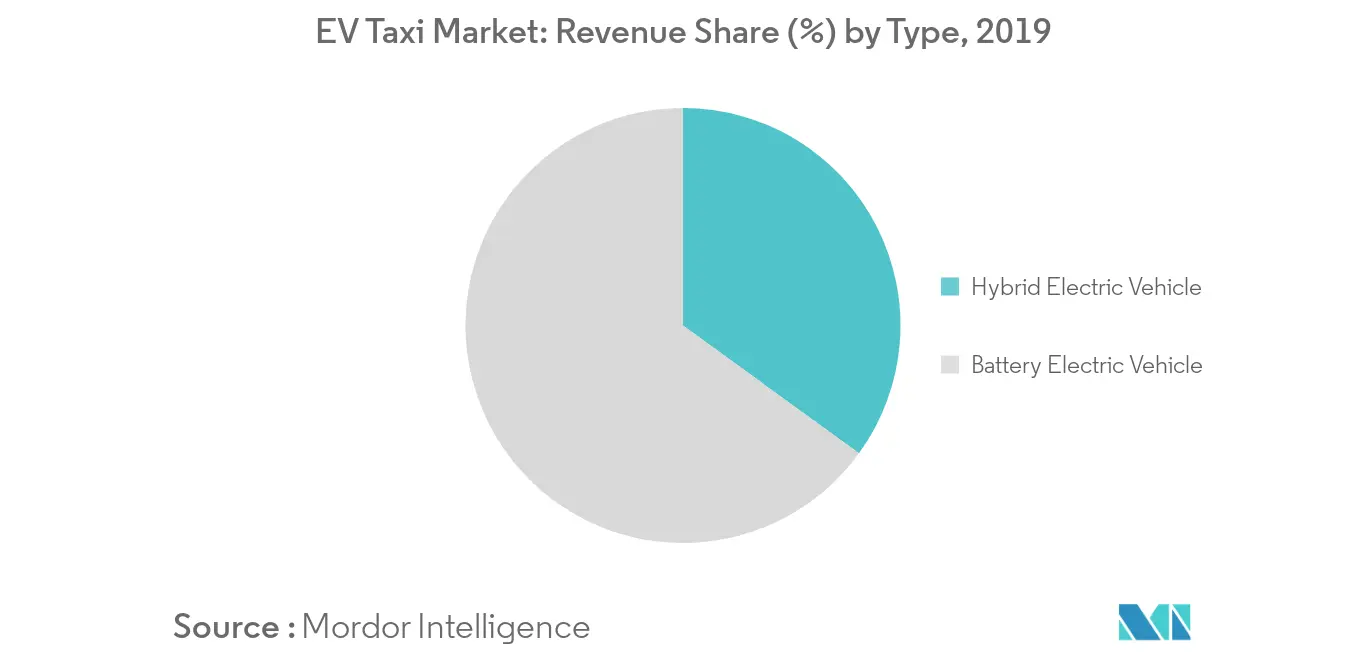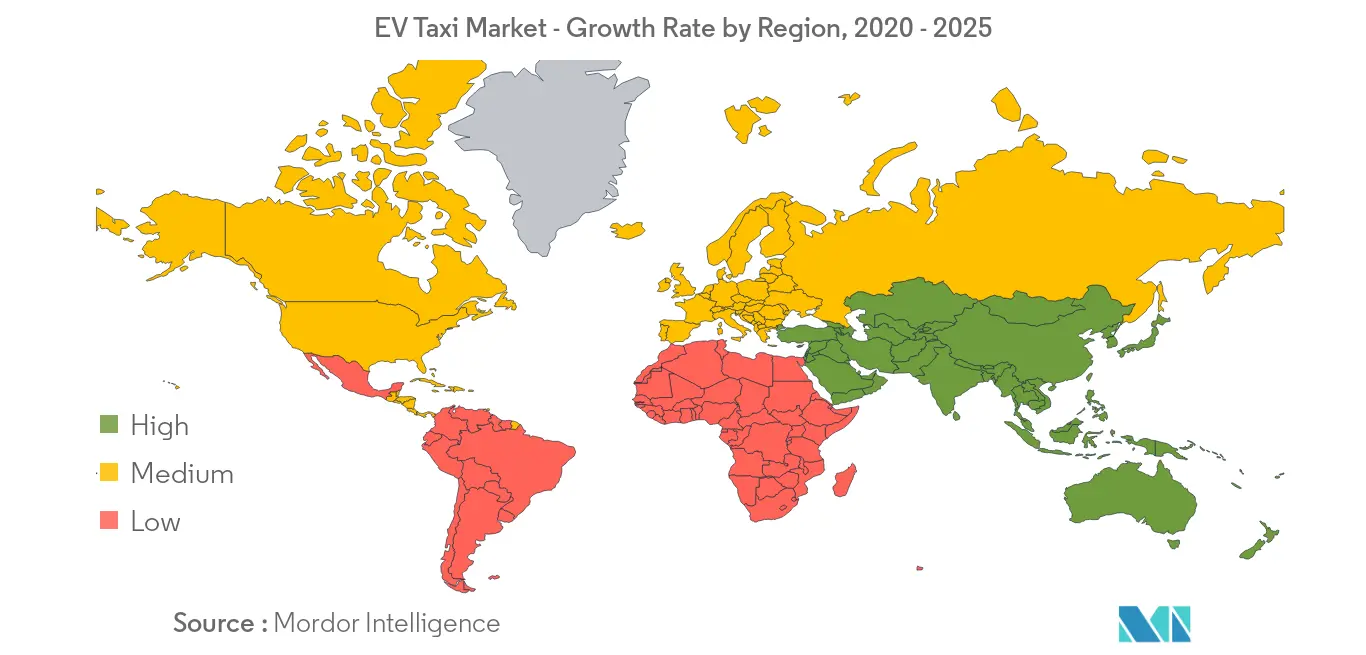Market Trends of EV Taxi Industry
This section covers the major market trends shaping the EV Taxi Market according to our research experts:
Government Initiatives and Investment is Boosting the Demand
The demand for electric vehicles is directly linked with the infrastructure available for charging these vehicles in the specific country. Hence, to boost the demand for electric vehicles the governments are continuously increasing their spending to enhance the infrastructure in their region so as to provide sufficient number of charging stations and other financial benefits to the end user so that they are attracted towards these eco-friendly vehicles and reduce the pollution levels in their country.
For instance, in Norway which has a high adoption rate of electric vehicles and there is a waiting list for the delivery of EVs, is enhancing the infrastructure for EV taxis very rapidly. For instance, in March 2019, the Norway government announced that Oslo, which is the capital city of Norway will become first city in the world to install wireless charging systems for electric taxis, hoping to make recharging quick and efficient enough to speed the take up of non-polluting cabs.
China which is the largest market of electric vehicles will invest RMB 10 billion (USD 1.42 billion) in year 2020, to expand the country's charging network by 50% this year to stimulate EV deployment. As of 2019, China had over 1.2 million charging points and with this investment a total of 600,000 charging points will be established.

Asia-Pacific is Remains the Largest Market
The Asia-Pacific region is expected to be the largest market for electric vehicle taxi market. The demand is driven by high adaption rate of electric vehicles in the region and the growing demand for taxi fleet. The region has large economies like India and China which are very highly populated and the demand for taxi services in the region are also growing with the growing rate of urbanization in the region because of the developing nature of these economies.
There are several major players in the region like, BYD which sells 60 % of its pure electric cars for public transport. In 2019, the metropolitan city of Shenzhen in southern China, which is a high-tech hub has reached an environmental milestone of an almost entirely electric-powered taxi fleet, about 99 percent of the 21,689 taxis operating in the city were electric.
Similarly, in India the government is pushing the major fleet operators like Ola, Uber etc. to expand their electric vehicle fleet and convert their 40% of vehicles to electric by the end of 2026. Niti Aayog officials and the ministries of road transport, power, renewable energy and steel, as well as the departments of heavy industries and trade, were among those recommending taxi operators in India gradually convert to electric in India.
In the coming two years Beijing municipal government is planning to replace all gas-powered taxis with electric cars, which will require 20,000 new EVs over the next two years and BAIC will be providing these fleet of electric taxis to Beijing municipal government.


